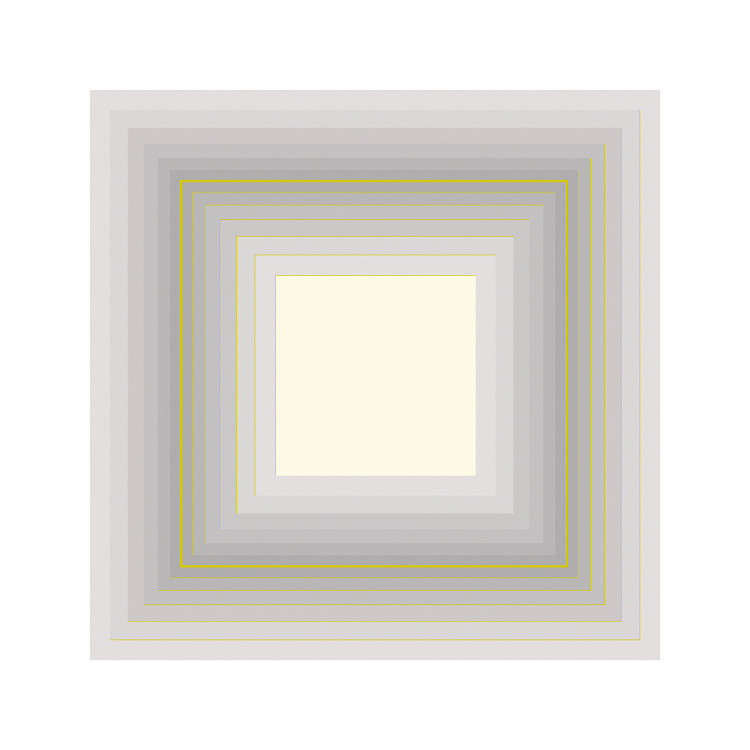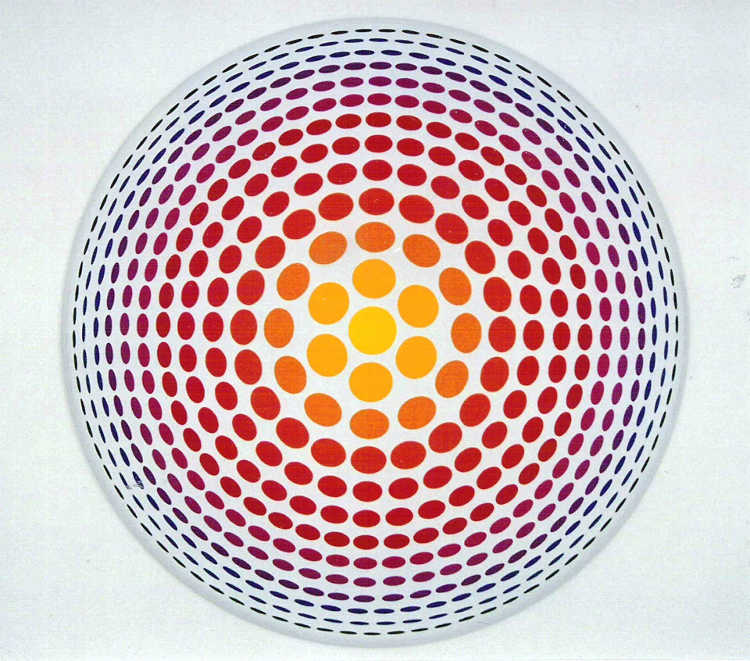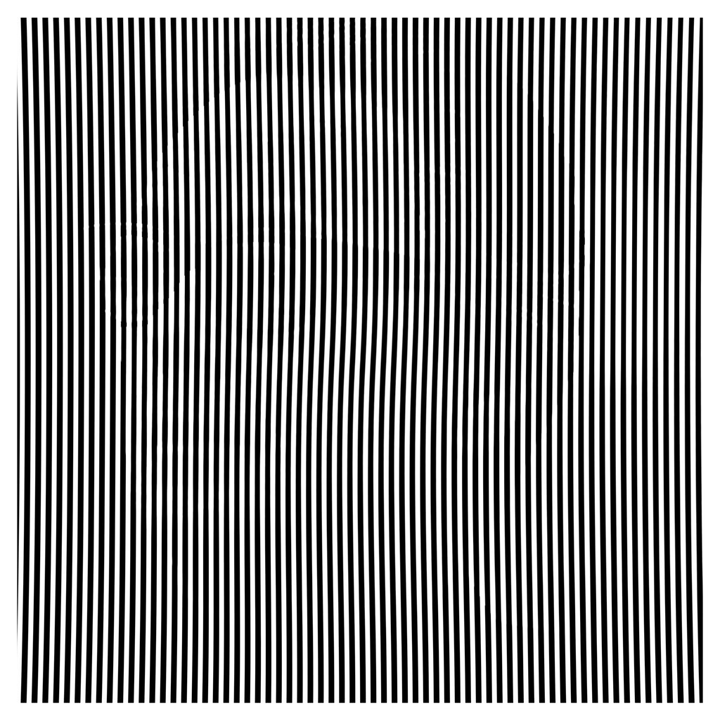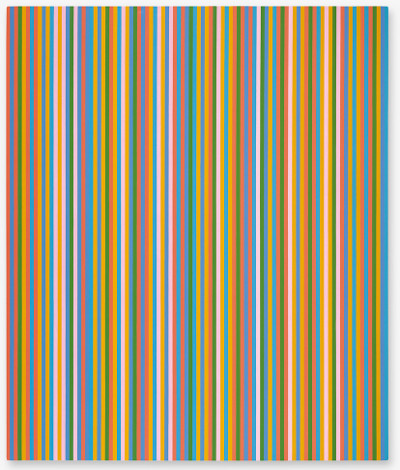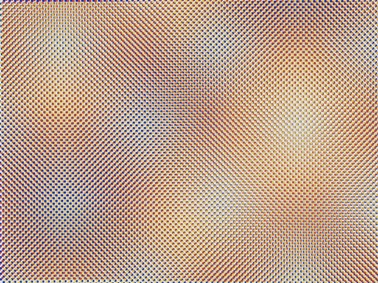Garry Harley is an American artist, born in Denver, Colorado and raised in Nebraska who currently lives and works in Concord, Massachusetts, USA (west of Boston). He is a trained architect and his OP-ART prints and paintings have been selected for display in the last two Faber Birren National Colour Award Show’s conducted by The Stamford Art Association.



Did you study art? If so, where?
I am not a graduate of a traditional Fine Arts or Art History Program, however, as a graduate architect I was exposed to many of the important artists and their work as part of my architectural studies. Further, I have been able to visit many art galleries and museums in Boston, New York, Philadelphia, London, Paris and Florence to view the actual work.



Why do you like OP Art?
After graduation from college I worked in New York City where I was able to attend the Museum of Modern Art’s show The Responsive Eye, this show stimulated my long-standing interest in OP-ART.
How do you make your art? Do you use a computer?
Yes, I use an iMac with various software and using Archival-Ink I either print on high-grade museum quality archival papers or canvas. I am also now in the process of creating three-dimensional pieces using both 3-D Printing and traditional wood shop equipment.



What’s the process for making one of your artworks?
The most difficult step I find is the act of self-editing. After creating a series of images, sometimes during lengthy periods of studio work, it is critical to take time to ‘sort out’ the really meaningful images and then only publish a reduced number in the series. My tendency, in the past, was to ‘pack’ my shows with too much content, I find it is difficult to ‘boil-it-down’ and have patience. I am also always searching for various new presentation methods that may support the concept of the piece at hand.
Any other art you like and other artists that inspire or have inspired you?
During a period I was at The University of Pennsylvania, Piero Dorazio was working there. He has written about the search in his painting for a mix of colour intensity and transparency… also the importance of concept clarity and dignity. I find these comments very appealing and try to use these ‘bench-marks’ in my work. I also always go back to study Victor Vasarely, Bridget Riley, Richard Anusziewicz, and of course Josef Albers’ work including ‘Homage To The Square’. Another recent discovery is the work of Anne-Karin Furunes and her unique technique of employing perforation of the art surface including her recent cut-paper series Portraits from Archive.



How do you describe your art?
Some have asked… is this art accidental?
What is the math of the square?
Is math accidental?
No it is not!
Is the optical experience predictable?
Not always, but more so than most understand.
Is beauty universal?
Math, optics, color theory and a state of beauty — that is the search.
If not accidental, how is the infinite variety of line and shade made predictable?
Is a square predictable? A square limits variety, a square within a square limits variety again,
and seven grouped squares even more so.
What is the math of the square within a square?
Assigning color and shade to each of the grouped squares using color theory limits variety and produces predictable optical effect.
How many colors are red?
What is pure color? What is a shade? Can yellow be arranged on an adjacency matrix?
Is an adjacency matrix math?
So, some have asked…is this art accidental?
My question is more important – in your eye is this beauty?




